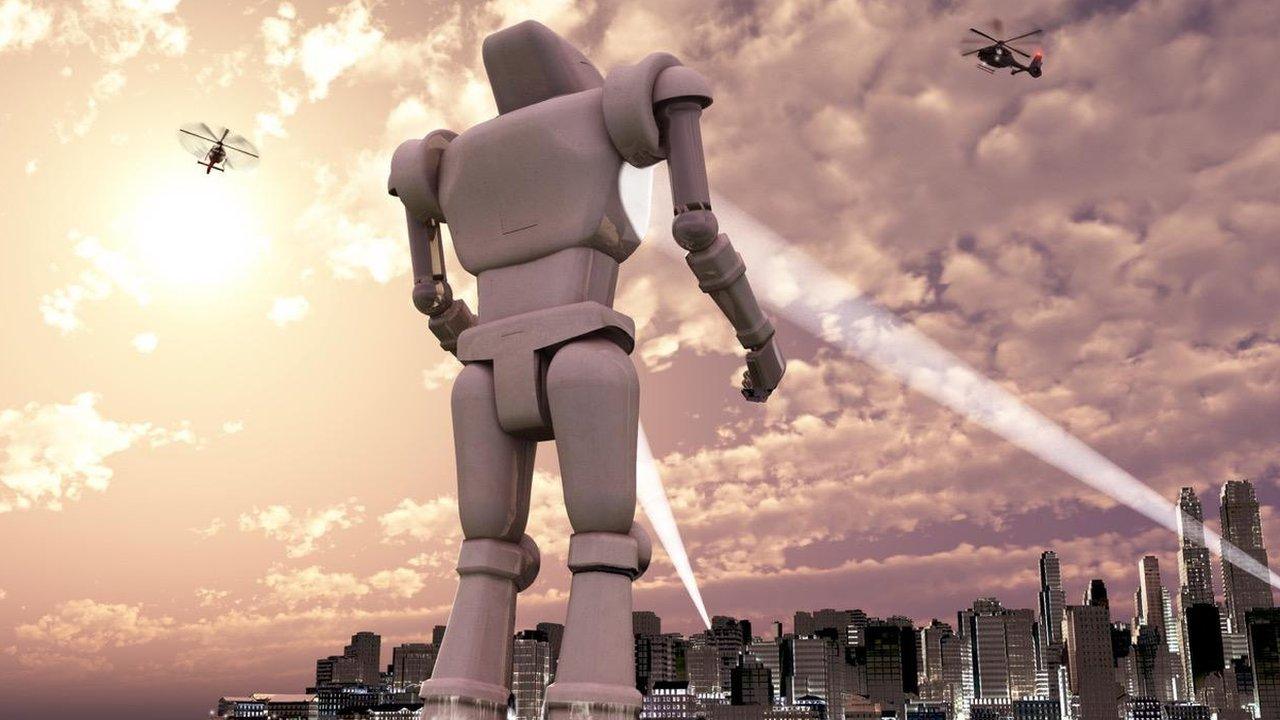Tomorrow's cities: Stockholm turns green
- Published
WATCH: Cities Skylines shaping Stockholm
Smart is a word that has long prefaced a whole range of technology, from watches to fridges to homes.
It might sound cool to marketers, but consumers are increasingly questioning just how clever these devices really are.
Now, cities are jumping on the bandwagon and giving themselves the same title whenever they implement technology solutions.
For some, that involves flashy and expensive command-and-control centres from which they view traffic flow and data collected from sensors around the city.
Sweden's capital, Stockholm, has taken a different, quieter approach, but, along the way, has garnered over seven million euros (£5.9m) of EU money and become a leading example of how to do "smart".
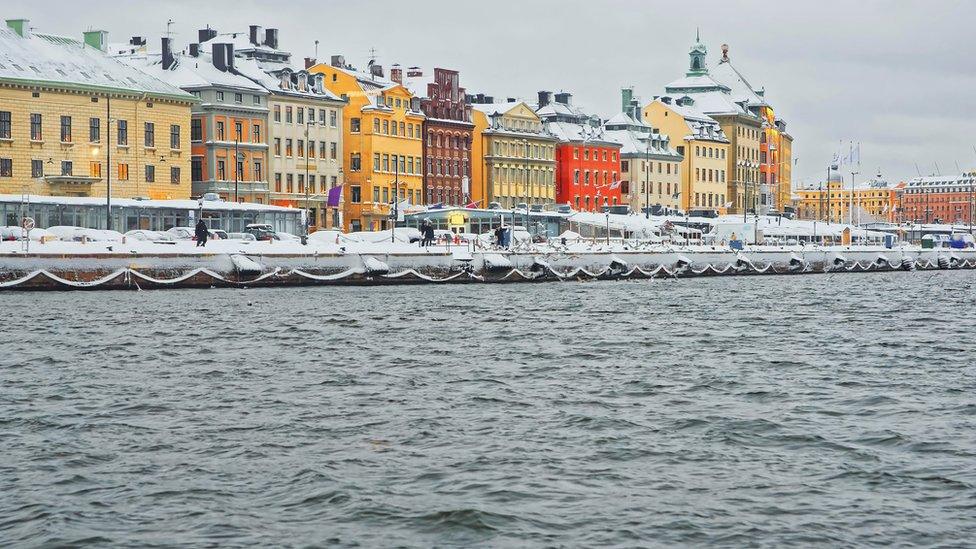
Stockholm has been designated a lighthouse city for smartness - showing others the best way to be green
It has been designated as an EU "lighthouse" city - alongside Barcelona and Cologne - meaning the projects it implements, if successful, can then be copied in other European towns.
Stockholm's interpretation of smart is about becoming greener - it hopes to be fossil-fuel free by 2040 and sees eco-policies as the smartest thing not only for the city but for the planet.
Stockholm is already pretty eco-friendly.
Bio-fuel, generated from sewage, is available at petrol stations around the city, and regularly used by taxis and cars.
And now, the city wants to extend its use to larger vans and lorries, which are particularly polluting, and explore ways to make the fuel more efficient.
"One hundred people going to the toilet powers one car, but if we add organic household waste, that goes down to 60 people," said Gustaf Landahl, who heads up the Grow Smarter project.



Stockholm is also working with energy company Fortum to take advantage of a city-wide heating system, to use waste heat generated from data centres, supermarkets and stadiums to provide heat for residents around the city.
The fact the city has a network of underground pipes - which comprises 2,800km of piping connected to around 10,000 buildings in the city - means that waste heat - in the form of hot water - can easily be added to the grid.
In another project, the city plans to re-use wasted heat from a 30,000-seater stadium in a nearby development of houses, shops and restaurants.
Another deal has just been reached, with data centre GleSys, which will see recovered heat able to serve the heating needs of more than 1,000 flats.
There is a trend for technology companies, under pressure to make their data centres greener, to relocate to colder countries.
In 2013, Facebook opened a data centre in the remote northern Swedish town of Lulea.
But not everyone is convinced this was really that green.
"In Sweden's cold climate heat has value. Selling and reusing the data centre waste heat for residential heating is sustainable as well as profitable. Therefore you should not put your data centre in the woods where the heat can't be recovered," said Fortum's head of open district heating, Erik Rylander.
"That Facebook data centre could have heated 90,000 homes if it had been located where the heat could be re-used"
Now, Stockholm is actively campaigning to persuade technology businesses to locate their data centres to the capital.
The city also has the world's largest open-fibre network, which provides cheap city-wide fast broadband to most residents, who pay about 20 to 25 euros per month for a 1GB service.
Now, that network is also helping support sensors around the city, seen by many as the best way of measuring what is going on in the urban environment.
This will begin on a small scale in a neglected area of the city, which will be transformed by 2025 into a trendy revitalised zone, with homes, shops and restaurants.
The area will boast smart bus-stops offering information, wi-fi access and sensors that measure traffic flow and air quality.
It would, said Mika Hakosalo the site manager for Stockholm's environment administration, help the city understand how its citizens moved around.
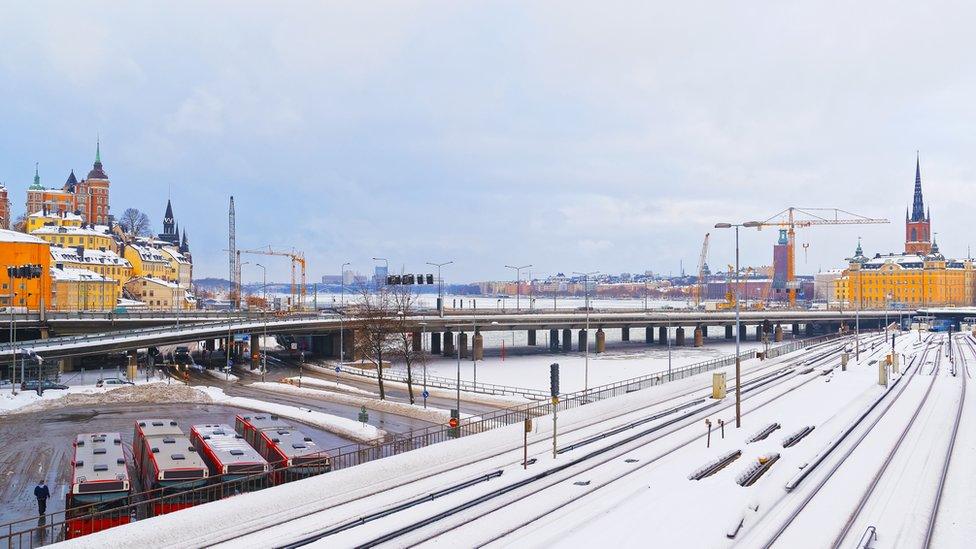
Stockholm is creating eco-districts, made up of retro-fitted and new buildings
"Our target in GrowSmarter is to reduce the transport emissions by 60%, so we will use the data to understand underlying factors affecting the transport emissions in a given area to be able to find and test solutions to reduce them."
The city is creating several eco-districts made up of new-builds as well as retro-fitted older buildings.
All are being made as environmentally friendly and heat-efficient as possible - with the use of innovative insulation schemes and solar-panels on roofs.
Mr Landahl said it was important citizens were at the centre of any changes.
"We have to improve the quality of life, we can't just work with technology for technology's sake," he said.
"We are building energy-efficient buildings, but we need to make people who live there energy-efficient too,"
Changing user behaviour is starting in small steps.
On one newly built privately owned estate, residents are provided with tablets that show their real-time energy usage in an attempt to make them better understand how they use and waste gas, water and electricity.
As well as seeing their light, heat and water consumption in real-time, residents can also track their usage over a period of time, see the best times to run appliances and compare their usage with that of their neighbours.
Meanwhile, on a public housing estate - built in the 1960s and in desperate need of renovation - residents will get not only more energy-efficient homes but also a new smart rubbish collection system.
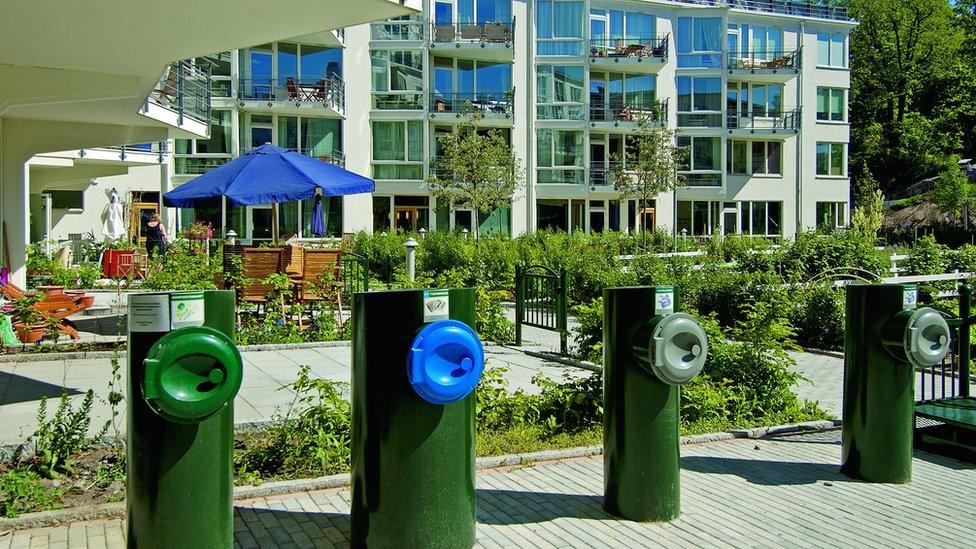
Envac already has its underground system in Stockholm, but currently users have to sort rubbish by type
Each household will have different coloured bags to collect different types of rubbish.
All bags will be thrown into communal chutes on the estate, from where it will enter an underground vacuum system that will take the rubbish to an optical sorting centre.
Sensors in the chutes will identify different coloured bags, and it will be possible, if residents agree to it, to measure exactly what people are throwing away, with awards for those who are greenest.
Director of marketing at Envac Jonas Tornblom talked about the wider benefits to the city of having an underground bin system.
"It reduces the movement of waste lorries in residential areas and city centres, resulting in fewer accidents and less noise and pollution," he said.
"It also makes for better working conditions for waste collection workers, saves space for developers and means less littering."
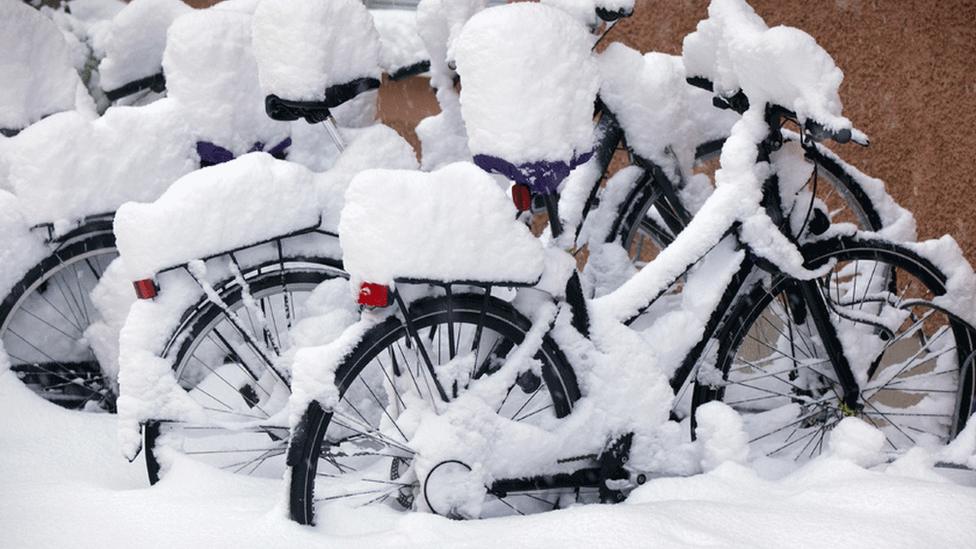
Stockholm encourages greener modes of transport
Stockholm cannot become greener without help from eco-businesses, such as car-sharing schemes, but, here, the journey has not always been smooth.
In November, car-sharing service Car2Go announced it was withdrawing its services from the city.
A notice on its website said: "Despite our efforts and the loyal business partners, we did not reach the necessary number of members or car usage."
So perhaps there is still a long road to persuading citizens an eco-city is something that makes sense for them as well as for those who run it.
- Published8 March 2017
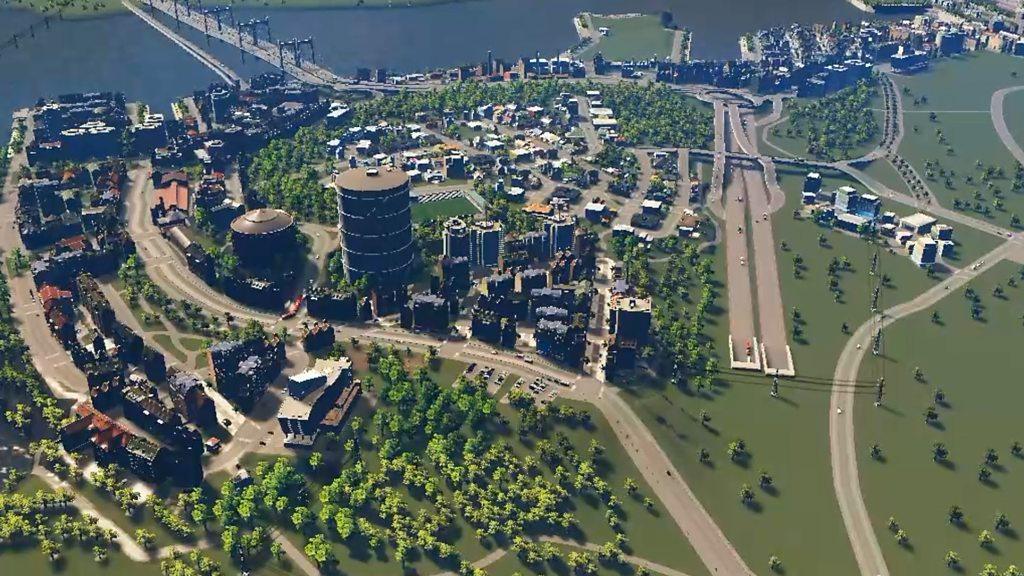
- Published22 February 2017
